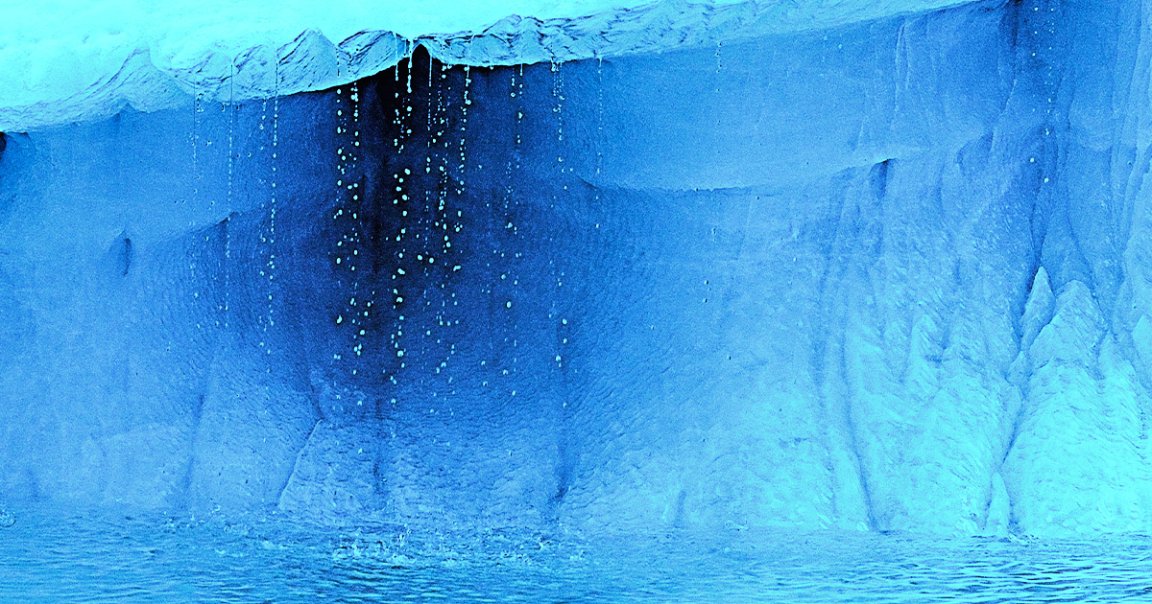
Thawing Thwaites
The Thwaites “Doomsday” glacier is melting. At about the size of Florida, the ice shelf in Western Antarctica contains so much water that it will cause sea levels to rise by two feet on its own if it were to collapse.
Fearing that current efforts to slow global warming won’t be enough, geoengineers led by John Moore, a glaciologist at the University of Lapland in Finland, have proposed a grandiose and perhaps desperate plan to prevent the Thwaites from melting: surrounding the glacier with enormous, 62-mile-long curtains to keep out the warm water.
The research is still in its early stages, but it’s already clear that such a proposal would be a monumental undertaking, costing a staggering $50 billion, Moore estimates.
“It sounds like a hell of a lot,” Moore told Business Insider. “But compare the risk-risk: the cost of sea-level protection around the world, just coastal defenses, is expected to be about $50 billion per year per meter of sea level rise.”
Frozen Curtain
What’s primarily causing the doomsday ice sheet to melt is the warming of the ocean currents that batter it, rather than the ambient temperature of the region. 90 percent of global warming, in fact, takes place in the ocean.
Moore had previously proposed building a wall in the surrounding Amundsen Sea to divert the warm currents. Since 2020, however, he’s favored “seabed anchored curtains” because they could be cheaper to implement, and most of all, reversible should they have unexpected consequences.
“Any intervention should be something that you can revert if you have second thoughts,” Moore told Business Insider.
Moore and a team of researchers at the University of Cambridge are currently testing a three-foot-long prototype in water tanks. In about two years, the goal is to scale up to a 33-foot-long curtain that they will test in a Norwegian fjord.
“We want to know, what could possibly go wrong? And if there’s no solution for it, then in the end, you just have to give up,” Moore told Business Insider. “But there’s also a lot of incentive to try and make it work.”
Glacial Pace
The proposal has been met with criticism from scientists in the past. In general, they argue that it’s a band-aid solution that distracts from addressing the ultimate problem of reducing greenhouse gas emissions — never mind the logistical challenges of building such a colossal structure.
But Moore argues that action needs to be taken now. In his view, we won’t be able to reduce emissions quickly enough to save the pivotal ice sheet. Research has shown that massive cracks that are appearing in the Thwaites glacier could accelerate its melting, meaning its collapse could come sooner than we thought.
“The glacier doesn’t really care anymore about what humans want to do about their emissions,” he told Business Insider. “At that point, that’s when you need these other tools in the box.”
More on climate change: Man Charged With Smuggling Greenhouse Gases